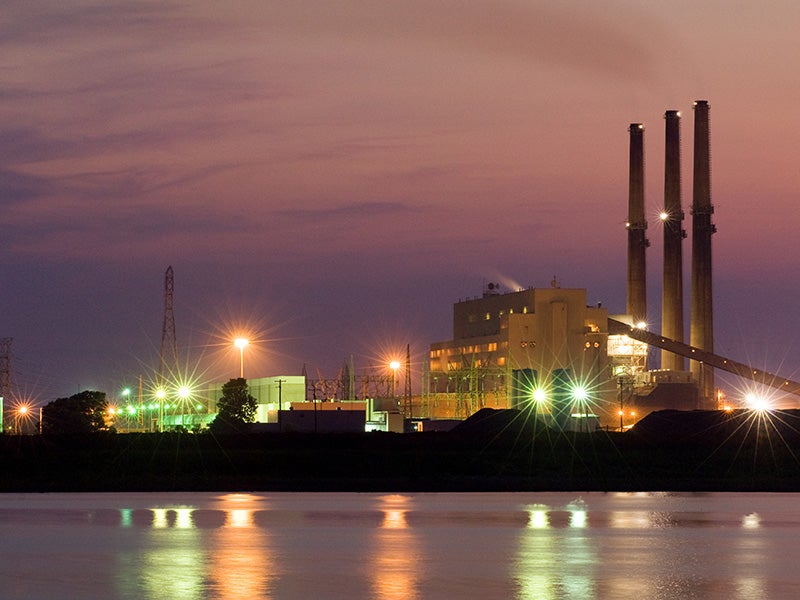Walking in Memphis—Just Feet Above a Coal Ash Cesspool
Residents of Memphis just learned about major groundwater contamination. Cities across America could be facing the same problem, but won’t know about it if the EPA gives in to utilities.

This page was published 8 years ago. Find the latest on Earthjustice’s work.
Memphis residents now have another reason to sing the blues. Last week, the nation’s largest public utility, Tennessee Valley Authority (TVA), admitted that the groundwater beneath its Allen coal-burning power plant is poisoned with astronomically high amounts of arsenic. Levels of the potent carcinogen measure nearly 400 times the federal limit for drinking water. In addition, lead in the groundwater is more than four times the standard.
The pollution is so serious that U.S. Rep. Steve Cohen recently sent a letter to the Tennessee Valley Authority asking why it believes toxins found under the TVA’s Allen Fossil Plant in Memphis are not affecting drinking water.
The city’s water supply, serving 900,000 people, is only two miles from TVA’s leaking coal ash ponds. Filled with the toxic byproduct from burning coal, these ponds are the source of the hazardous mess. And the monitoring wells are only about a half-mile from deeper wells drilled by the TVA directly into the Memphis Sand aquifer.
Arsenic, which causes multiple types of cancers, has been dubbed “the worst chemical in the world” because of its terrifying ability to harm all cells in the body. The levels of arsenic in Memphis’ shallow aquifer are higher than those found at Superfund sites where chemical munitions and arsenic pesticides were dumped.
The threat to drinking water—not just for residents of Memphis but for millions living near leaking coal ash dumps across the country—could worsen soon. Electric utility companies are attempting to escape the type of public disclosure that brought TVA’s toxic dumping to the attention of Memphis authorities and the public.
For instance, last May, the utility industry filed a petition with the EPA to remove or delay the disclosure and cleanup requirements for coal ash contamination in the federal coal ash rule. EPA Administrator Scott Pruitt is due to respond soon. The coal ash rule requires utilities to publically post evidence of groundwater contamination leaking from their coal ash dumps—like the Allen coal ash pond—as early as October 17, 2017.
If Pruitt lets the rule stand, in just three months utilities must begin to alert the public if hazardous chemicals are leaking out of more than 1,000 old coal ash dumps across the nation into underlying aquifers. We know already from limited monitoring data that more than 200 sites are contaminated.
Of course, the utility industry is desperate to keep their incriminating facts under wraps. With Pruitt at the helm of the EPA, it is all but certain the EPA will help industry keep communities in the dark. Without the federal coal ash rule, the nation will return to the days when utilities didn’t have to publically admit the poisons they dumped in drinking water nor have to take timely steps to remove any toxic dangers.
Right now, for the citizens of Memphis, the coal ash rule is protecting a million lives. Removal of the rule, even temporarily, places other communities across the U.S. near leaking coal ash dumps in great danger. These communities may never know their water contains toxic chemicals.
If Pruitt decides to delay or weaken the coal ash rule, EPA’s actions will be subject to public comment after formal proposal and publication. Stay tuned.
Earthjustice’s Clean Energy Program uses the power of the law and the strength of partnership to accelerate the transition to 100% clean energy.